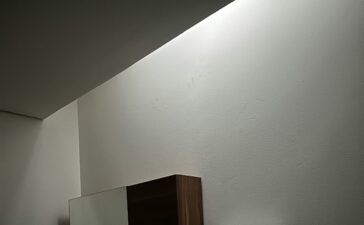Choosing the right flooring for your house is one of many considerations when planning or upgrading your home. There are many various flooring alternatives to choose from, too. Choosing the perfect floors is a vital element of bringing your complete space’s appearance together, and they should also give you the appropriate level of usefulness. In addition to being visually appealing, flooring selections should suit the functional and aesthetic requirements of your house and family.
So, where should you begin your search? As we proceed through this article, we’ll discuss some of the numerous types of floors that are available, along with the important considerations that you’ll want to keep in mind as you do your research on flooring alternatives. Flooring for your house may be found in a variety of styles and colours, giving you plenty of options. Here are some types of flooring alternatives that are often seen in today’s houses.

Hardwood
Let’s start with the tried and true. Because of its magnificent appearance and timeless quality, hardwood has long been one of the most popular flooring alternatives available, owing in no little part to the fact that it can transform any room in your house. If you’ve ever watched any of the HGTV restoration shows, you’ll know that discovering Geelong timber flooring stores in a property is akin to striking gold mines in terms of value. This is since hardwood flooring is rather expensive to install, and it is not usually in a renovator’s budget to install hardwood flooring throughout a property.
If you adore the beauty of hardwood but don’t want to spend a lot of money on it, try utilizing it only in your main living room instead. Also available are flooring materials that mimic hardwood while being completely different, such as laminate and vinyl. Hardwood has a gorgeous appearance and can assist to increase the value of your property.
Laminate
Laminate flooring is becoming increasingly popular as a hardwood substitute because it provides almost the same look at a lower cost and with greater durability than hardwood floors. The plywood or compressed fibre used in its production is sealed with a thin veneer applied by the producer. And it is not only wood that laminate may be used to replicate. Using this flooring choice, manufacturers may create a broad selection of aesthetics, including tile and stone, for their products.
Advantages
Laminate flooring is very affordable to purchase and have professionally installed, and it can be customized to mimic a wide variety of flooring alternatives. It’s also robust, and it’s more resistant to things like pets, children, and shoes than many other materials, making it a good choice for outdoor use.

Cons
When laminate flooring is exposed to water, the plywood or fibreboard used to create it can get warped or distorted. Because this damage is difficult to cure, you’ll almost likely have to totally replace the laminate if the flooring has been exposed to any type of standing water.





